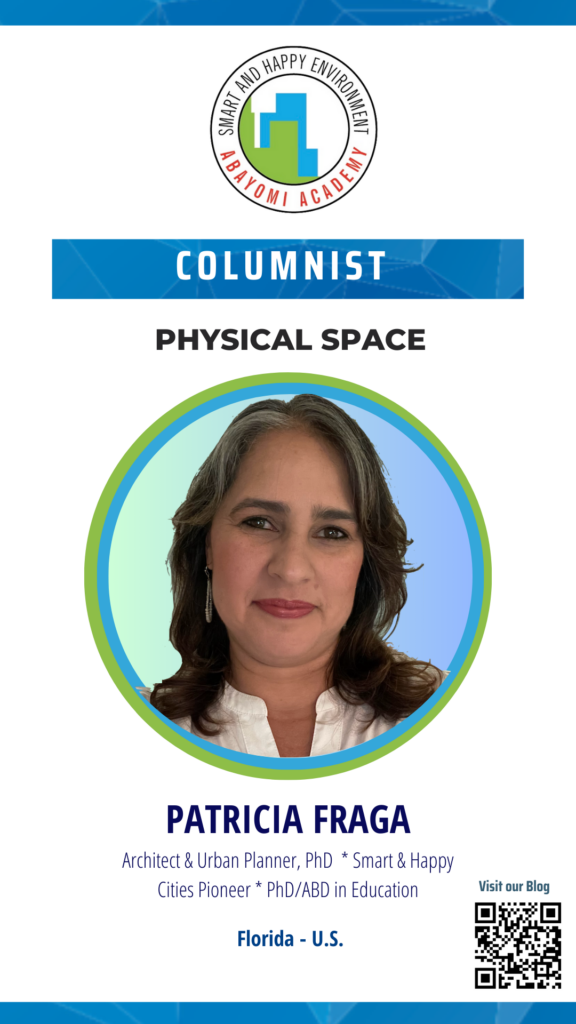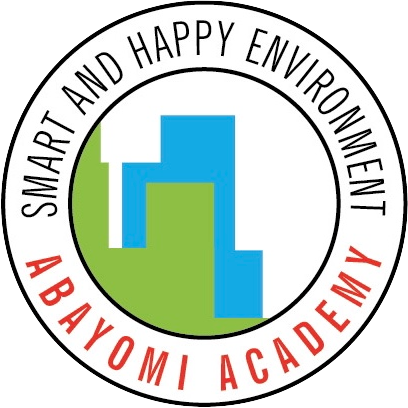Physical and Digital Environments: Connecting the Real and Virtual Worlds to Create Integrated Experiences
By Patrícia Fraga
In an increasingly connected world, physical and digital environments can no longer be viewed as separate spheres. The integration of these two worlds is essential for creating urban, organizational, and commercial spaces that cater to a highly digitalized population while still valuing in-person experiences. The fusion of technologies such as Building Information Modeling (BIM) and City Information Modeling (CIM) plays a crucial role in this process, facilitating the development of more interconnected urban and corporate environments. However, true transformation goes beyond technology and involves a broader concept encompassing how we manage and interact with these environments, both physically and digitally.
The Connection Between the Physical and Digital: What Does It Mean?
The integration of the physical and digital worlds goes beyond adopting new technologies or modernizing urban infrastructure. It is about creating continuous and accessible experiences where these two environments complement each other without one being entirely dependent on the other. This approach ensures that people can utilize spaces and services more efficiently and intelligently, regardless of their connection to digital resources.
For example, in a smart city, public transportation information should be available both in apps and on physical panels at bus stops. This way, those who want to plan their trip in advance can check schedules on their phone, while those already on-site can access the necessary information without relying on the internet or an electronic device.
In the corporate environment, a digitally integrated workspace allows employees to work in a hybrid manner when physical presence is not essential, leveraging remote work flexibility while still having the opportunity for in-person interactions in the office. The same principle applies to education, healthcare, commerce, and culture: digital services expand and facilitate experiences in physical environments and serve as a complement. Balancing these two dimensions ensures accessibility, inclusion, and a more efficient experience for everyone.
The Role of BIM and CIM in Creating Connected Environments
Although the integration of physical and digital extends to various areas, Building Information Modeling (BIM) and City Information Modeling (CIM) technologies have proven fundamental in creating more connected urban and corporate environments. BIM, primarily used in the construction sector, allows for the creation of detailed digital models of buildings and urban spaces, containing information about each structural and functional component. This enhances the management of these environments, enabling more precise and collaborative planning from conception to operation and maintenance.
CIM, on the other hand, applies the BIM concept on an urban scale, creating digital models of entire cities where not only buildings but also urban infrastructure, transportation, connectivity, and public services are integrated into a single digital platform. With CIM, it is possible to optimize resource usage, improve accessibility and mobility, and create smarter city management, bridging the physical and digital worlds.
These technologies exemplify how digitization can enhance the integration of physical and digital environments, helping to create more efficient, sustainable, and inclusive cities. However, true transformation goes beyond infrastructure and also involves how citizens and organizations interact with these spaces.
Expanding Integration to Businesses and Organizations
While the implementation of BIM and CIM is of great importance in the urban context, the integration between physical and digital is equally relevant in businesses, organizations, and other non-urban environments. For example, a healthcare clinic that offers both in-person and virtual consultations creates an integrated experience for its patients. It can enable online consultations through digital platforms while maintaining physical infrastructure for face-to-face appointments. Similarly, a school can combine in-person teaching with digital resources, giving students access to lessons, materials, and activities beyond the physical classroom, expanding learning opportunities.
Another example is museums and cultural centers, which, in addition to in-person visits, now offer digital experiences such as 360º virtual tours, making culture more democratic and accessible to people from different parts of the world. By integrating physical and digital realms, these institutions expand their reach and create new forms of audience engagement.
Advantages of Connected Environments: Efficiency, Accessibility, and User Experience
The integration of physical and digital environments offers numerous benefits for managers, citizens, and customers alike. One of the greatest advantages is accessibility and convenience. Services that were previously limited to in-person interactions, such as medical consultations or customer service, can now be accessed digitally, offering greater flexibility to users and reducing geographical and time barriers.
Moreover, efficiency and sustainability are enhanced when digital resources are incorporated into the management of urban and organizational spaces. The ability to monitor and optimize the use of resources such as energy, water, and transportation is significantly improved, resulting in more sustainable operations and better resource allocation.
Another crucial aspect is user experience, which becomes richer and more interactive. For instance, allowing a citizen to access city information via a smartphone while walking through a park or plaza, or offering an online shopping experience that complements an in-store visit, helps cities and organizations create a continuous flow between the digital and physical worlds, providing a more personalized and engaging experience.
Responsibility in Resource Use: Collective Awareness
While digital technologies offer numerous advantages in creating more connected environments, their implementation must be done consciously and responsibly. The use of data generated by these platforms, for example, should be handled with transparency and ethics, prioritizing citizen and user privacy and security. Additionally, urban and business managers must ensure that the implementation of digital solutions does not exclude segments of the population that still lack full access to technology, promoting digital inclusion as a fundamental pillar.
Thus, technologies like BIM and CIM should not only be employed with an eye on innovation and efficiency but also with the awareness that these solutions must promote collective well-being, improve quality of life, and ensure that resources are used sustainably.
Conclusion: Creating a Connected and Sustainable Future
The integration of physical and digital environments is essential for building smarter, more accessible, and efficient cities and organizations. Whether through technologies like BIM and CIM or through the adaptation of businesses and institutions to the digital reality, this integration creates new opportunities for improving quality of life and user experience.
However, this transformation will only be truly successful if carried out with responsibility and awareness. By ensuring that digitization and innovation are accessible to all and that resources are used sustainably, we can create a future where urban and corporate environments are not only more connected but also more human, inclusive, and joyful for everyone.

Patrícia Fraga, a visionary and dynamic professional, holds a Ph.D. in Architecture, blending her passions for sustainable urbanism, education, and technology. With a multifaceted career spanning engineering, construction, and academia, she is the Founder of Abayomi and the Executive Director of Abayomi Academy. Patrícia’s global influence extends through her roles as an international speaker, published author, and advocate for Smart & Happy Environments. Her commitment to cultural inclusion shapes transformative projects worldwide, emphasizing the integration of technology with environmental responsibility. A mother of five, Patrícia’s journey reflects resilience, innovation, and dedication to creating positive, sustainable, and joyful living spaces worldwide.




